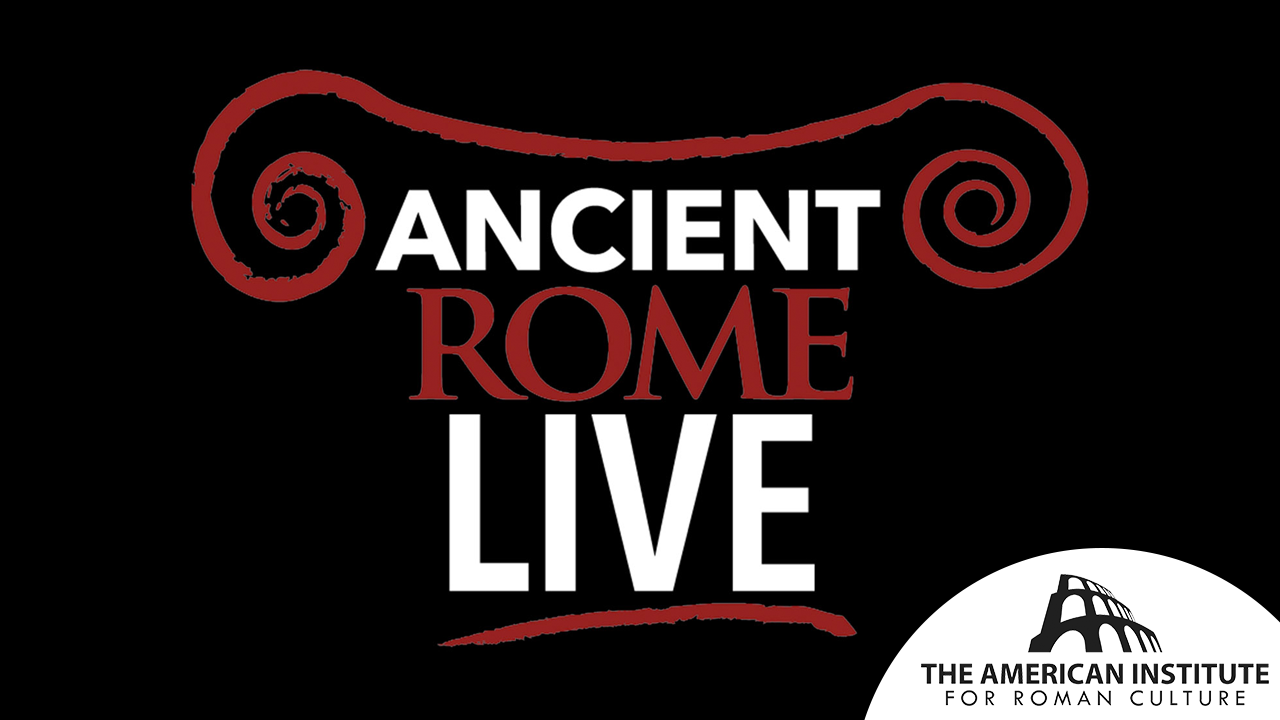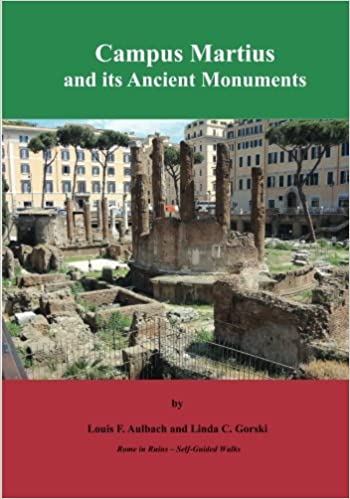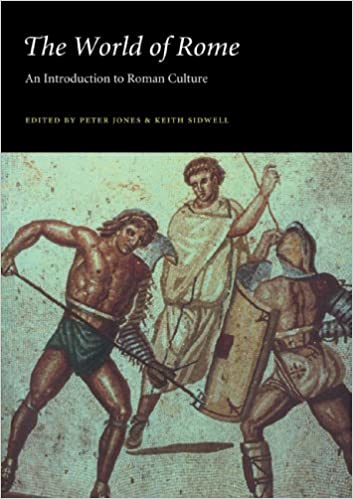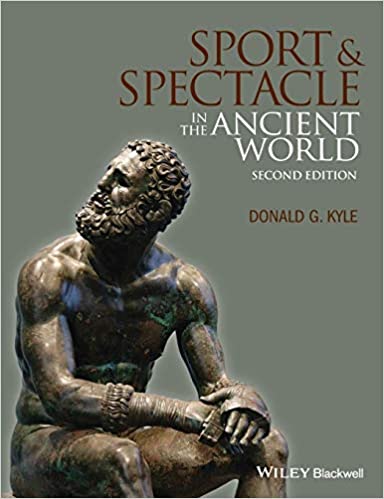Located in the ancient Campus Martius area, Piazza Navona is one of Rome’s most frequently visited piazzas. The piazza owes its unique elongated shape to its foundations based on the archeological remains of the Stadium of Domitian, also known as the Circus Agonalis. Originally 250 meters long, parts of the Stadium of Domitian are still visible today thanks to archeological preservation initiatives.
The Stadium of Domitian was built on the foundations of an even earlier wooden stadium. It is commonly accepted among scholars that the earlier stadium was built during the Caesarean period (ca. 46 BCE) and rebuilt in the Augustan period (ca. 28 BCE). As it was common practice for the early Romans to build elaborate wooden stadiums for temporary use to be dismantled after the games, there are no physical traces left of these early stadiums. Scholars believe that the stadium’s location in the heart of the Campus Martius was of symbolic importance, and it is likely that the games held there every four years were in honor of the god Jupiter.
The stone stadium was built during the reign of Domitian (51-96 CE) as part of his broader building program for Rome. Emperors erected stadiums to win the favor of their citizens by way of offering public entertainment. It is likely this was Domitian’s goal as well, considering his reign was characterized by a turbulent political situation.
Similar to the Colosseum and Circus Maximus, the Stadium of Domitian was constructed to host sporting events. Partly due to Rome’s love of Greek culture, the sports hosted in these arenas were mainly of Greek origin and included footraces, wrestling, pentathlons, and discus-throwing. Being an athlete was considered an honorable profession, and if the athletes were talented, they earned decent wages and gained social status.
After a devastating fire in 217 AD, the Colosseum was unusable for several years. During this time, the Stadium of Domitian was temporarily used as an arena for gladiatorial games.
The Stadium of Domitian could accommodate around 30,000 spectators, who were seated according to the same system used in the Colosseum: seats closest to the spectacle were reserved for the wealthy aristocracy, while the working class sat on the upper ring of the stadium, with a reduced view of the spectacle below.
The exterior of the Stadium of Domitian consisted of a double row of round arches in travertine with Ionic and Corinthian style capitals. Numerous marble copies of Greek statues decorated the niches, fragments of which have been brought to light during excavations in 1936; the most famous of which is the Pasquino, also called ‘The talking statue’, which was likely originally placed in one of the exterior arches.
BIBLIOGRAPHY
- F. Bernard, P. C. Rossetto, ‘Le stade de Domitien: situation topographique, étude architecturale et réflexions concernant la localization de l’église Sainte-Agnès’, OpenEdition Journals, 126 (1), 2014, https://doi.org/10.4000/mefrm.1862
- Platner, ‘Stadium Domitiani’, A Topographical Dictionary of Ancient Rome, London: Oxford University Press, 1929.
- PLATNER, ‘Obeliscus Isei Campensis’, A Topographical Dictionary of Ancient Rome, London: Oxford University Press, 1929.
- Lo stadio, Stadio di Domiziano; Piazza Navona, https://stadiodomiziano.com/primo-stadio-a-roma/
- Giochi Atletici, Stadio di Domiziano; Piazza Navona, https://stadiodomiziano.com/primo-stadio-a-roma/
- Stadio di Domiziano, Culture Sovrintendenza Capitolina ai Beni Culturali, https://sovraintendenzaroma.it/i_luoghi/roma_antica/monumenti/stadio_di_domiziano
Explore further:
STADIUM DOMITIANI, the stadium which Domitian built in the campus Martius for athletic contests (Suet. Dom. 5; Eutrop. vii. 23; Chron. 146; Hieron. ad a. Abr. 20o5; Not. Reg. IX). After the Colosseum was injured by fire in 217, it was used for several years for gladiatorial combats (Cass. Dio lxxviii. 25). Its arcades were occupied by brothels (Hist. Aug. Elag. 26) as were those of the circus Maximus. The stadium was restored by Alexander Severus (id. Alex. 24), and hence was sometimes called in the Middle Ages circus Alexandri (Ordo Bened. 143).
Read more:
In the fourth century it was one of the buildings that are said to have aroused the special admiration of Constantius (Amm. Marcell. xvi. 10. 14). It had 30088 loca (Cur.), that is, seats for about 15,000 spectators (HJ 593). According to the legend, S. Agnes met a martyr’s death in the brothels in the arcades of this stadium, and in her honour a church was built in the ninth century in the middle of the cavea on the west side, which was afterwards known as S. Agnese in Agone or de Cryptis Agonis (Arm. 383-384; HCh 68), the word agon being used both for a gymnastic contest and for the place of its celebration (Lydus, de mens. iv. 30; Pr. Reg. 171). There was also a church of S. Nicolas de Agone (HCh 389-that of S. Caterina de cryptis agonis (cf. Arm. 388) never existed). The Piazza Navona, the largest in the city, now called officially Circo Agonale, preserves almost exactly the shape and size of the stadium. The piazza itself corresponds closely with the arena, the length of which seems to have been about 250 metres, and the surrounding buildings stand on the ruins of the cavea. Under the church of S. Agnese remains of brick and concrete walls, travertine pilasters and the seats of the cavea are still to be seen, and other traces have been found beneath the existing buildings at other points. For excavations in the sixteenth century, see LS ii. 228-231; iii. 224-225; iv. 190; LR 498-500; HJ 592-594. For the obelisk of Domitian which was erected there in 651, see OBELISCI ISEI CAMPENSIS (4). Cf. also Mem. L. 5. xvii. 521.
This content is brought to you by The American Institute for Roman Culture, a 501(C)3 US Non-Profit Organization.
Please support our mission to aid learning and understanding of ancient Rome through free-to-access content by donating today.
Cite This Page
Cite this page as: Darius Arya, The American Institute for Roman Culture, “Stadium Domitani (Stadium of Domitian)” Ancient Rome Live. Last modified 03/19/2021. https://ancientromelive.org/stadium-domitani-stadium-of-domitian/
License
Created by The American Institute of Roman Culture, published on 03/07/2021 under the following license: Creative Commons: Attribution-NonCommercial-ShareAlike. This license lets others remix, tweak, and build upon this content non-commercially, as long as they credit the author and license their new creations under the identical terms. Please note that content linked from this page may have different licensing terms.






